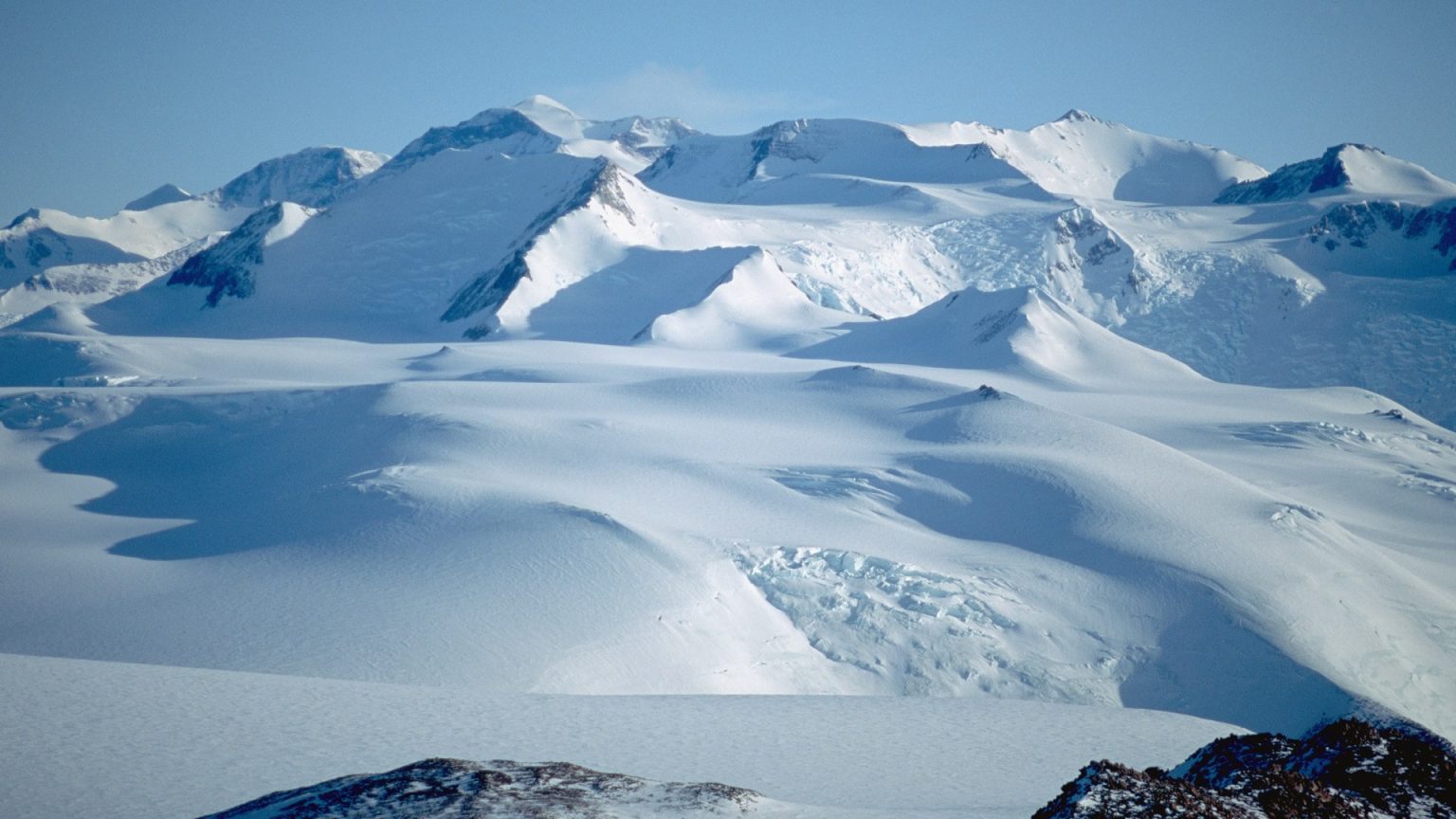Antarctica, the southernmost continent, remains largely unexplored and shrouded in mystery, fueling countless conspiracy theories. One such theory arose from a Google Maps image showing a seemingly carved doorway in the snow near the Japanese Showa Station. Speculation ranged from Nazi bunkers to a hidden subterranean city. However, scientific investigation revealed a more mundane explanation: a grounded iceberg, caught and held fast until melting. This is a common occurrence in the region, with other similar ice formations visible in satellite imagery. The initial image, taken out of context, sparked imaginative but ultimately unfounded theories.
Another peculiar phenomenon, known as “Blood Falls,” has long captivated researchers. The blood-red cascade flowing from Taylor Glacier perplexed scientists for over a century. Initially attributed to red algae, the true cause was finally uncovered: nanospheres rich in iron and other elements react with oxygen upon contact with air, creating iron oxides and hydroxides. The high salinity and presence of other minerals like chlorine, magnesium, and sodium further contribute to the distinct reddish-orange hue. These nanospheres, too small for earlier detection methods, were finally revealed through advanced microscopic analysis, solving the long-standing mystery.
The Maud Rise polynya, a recurring area of open water surrounded by sea ice, presents another Antarctic enigma. This massive hole, sometimes the size of New Zealand or Portugal, appears and disappears intermittently over decades. Its formation has puzzled scientists since its first satellite observation fifty years ago. Recent research suggests a complex interplay of ocean currents and atmospheric conditions is responsible. A strong current flowing around the underwater Maud Rise Mountain creates turbulent eddies, pushing salt to the surface. Ekman transport, influenced by wind patterns, then moves this saline water, facilitating mixing with warmer surface waters and melting the ice, forming the polynya. This dynamic interaction between oceanic and atmospheric forces explains the polynya’s sporadic appearance.
Adding to Antarctica’s mystique are the continent’s eerie sounds. The vast Ross Ice Shelf, exceeding 600km in length, produces a resonant song when strong winds sweep across its snow-covered surface. These winds, with speeds reaching up to 200mph, create vibrations in the ice shelf detected by seismic sensors. These vibrations translate into a low-frequency humming, a testament to the powerful forces at play in this desolate environment. This phenomenon, while scientifically explained, adds another layer of intrigue to the continent’s already fascinating acoustic landscape. The “singing ice” highlights the interplay between wind, ice, and the underlying topography of the ice shelf.
Antarctica continues to fascinate and inspire with its unique natural phenomena. While conspiracy theories often arise from initial observations of these unusual occurrences, scientific investigation consistently provides grounded explanations. The supposed doorway, the blood-red falls, the giant ice hole, and the singing ice, all initially shrouded in mystery, now reveal the complex interplay of geological, chemical, and atmospheric processes shaping this icy continent. Further research promises to unveil even more about this remote and captivating environment.
The allure of Antarctica lies in its unexplored vastness and the unusual phenomena that occur there. From seemingly inexplicable formations in the ice to strange sounds emanating from the frozen landscape, the continent holds a certain mystique. While human curiosity often leads to imaginative interpretations, scientific advancements continue to provide rational explanations for these occurrences, revealing the intricate workings of nature in one of the most extreme environments on Earth. The ongoing exploration of Antarctica is not only a quest for scientific understanding but also a testament to human fascination with the unknown.











